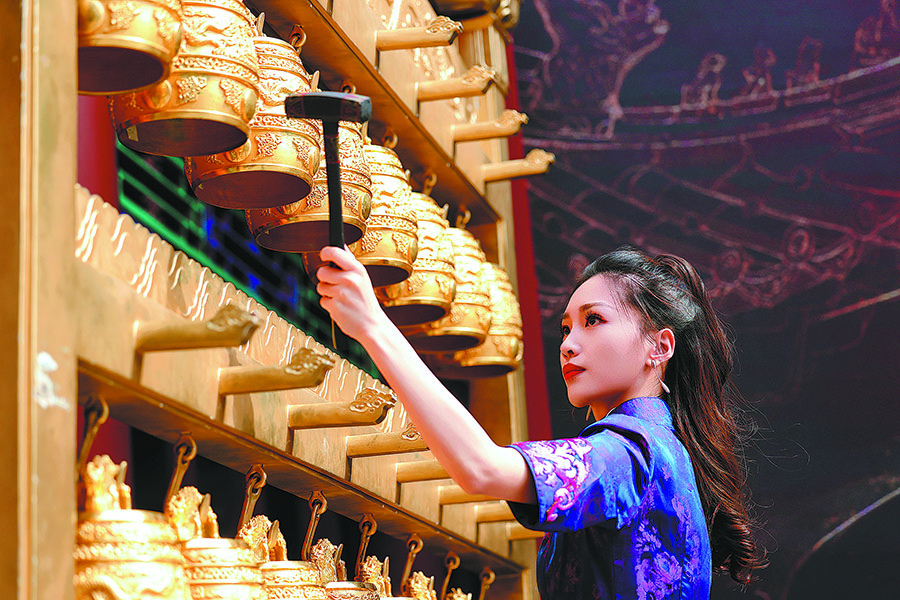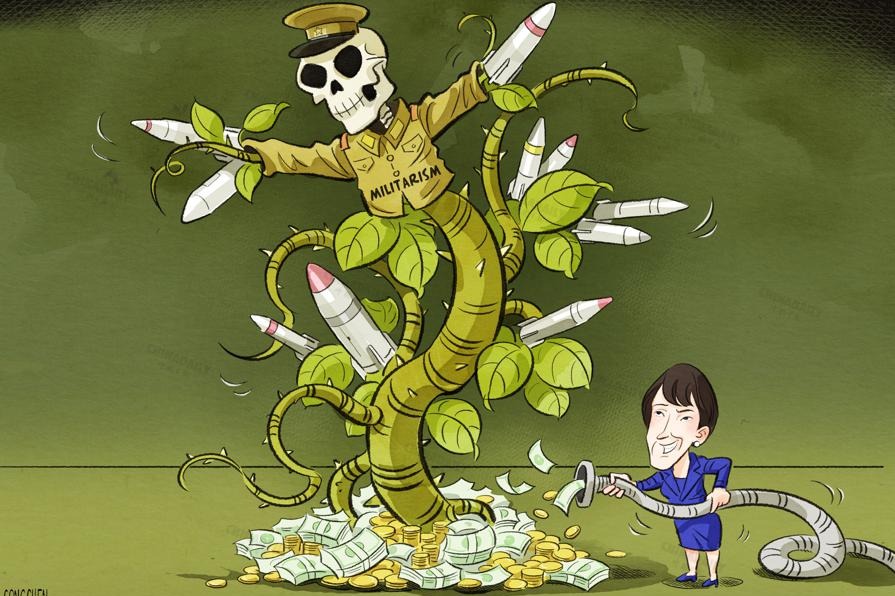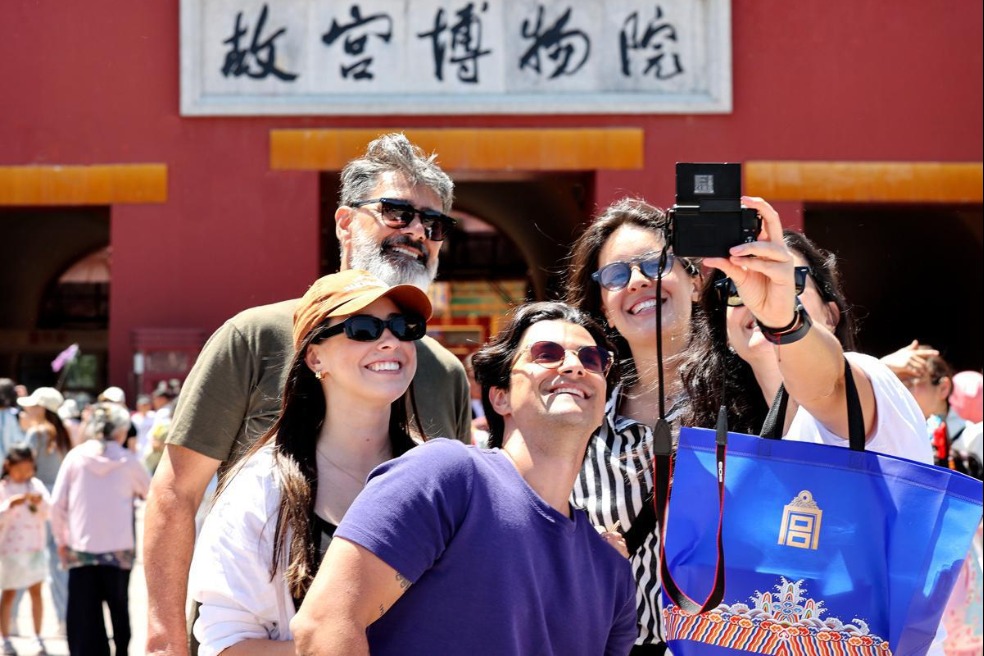Mapping a palatial soundscape


The second piece, Zhong Ming He (Chimes of Celebration), was composed by Tan Dun and inspired by Qing-era golden bell chimes (bianzhong), which are some of the oldest Chinese instruments. These sacred sounds once filled ceremonial halls, resonating with imperial grandeur.
Composer Ma Jiuyue was inspired by another dimension of the museum's soundscape — its ancient timepieces.
"When I first came to Beijing to study erhu (a two-stringed fiddle) at the China Conservatory of Music at age 13, I visited the Palace Museum in Beijing. The gallery of clocks left a deep impression on me," Ma recalls.
His piece, Sui Hua Zhu (The Echoes of Time), captures the tick of centuries, the chime of mechanical timekeepers and the solemnity of passing dynasties. Ma composed three pieces in total, with one featured in this concert.
Beijing-born composer Liu Sichao contributed to Mu Jin Hui (Bathing in the Golden Brilliance), inspired by the Jinshui River, which runs along the central axis of the museum. The music evokes a serene vision: golden light glinting off still waters, reflecting red walls and sloping eaves.
"The Jinshui River — what we locals call the Tongzi River — has been part of my life since childhood," he says. "This piece is deeply personal. It's the sound of my own memories flowing through the palace."
As more pieces unfolded, the audience was invited to shift from merely "seeing" the Forbidden City to "hearing" it, not just as a monument of imperial history but as a living, breathing cultural symphony. Through this integration of architecture and acoustics, the concert bestowed a new musical memory on the ancient palace.
Renowned sound engineer Li Dakang served as the chief recording director. He and his team ventured deep into the museum to capture its natural soundscape, from the creak of doors to the hush of snowfall.
"We assembled a team of over a dozen top-tier professionals. Our first mission was to collect every kind of sound from the museum and provide them to the composers," says Li, 77. "They could then choose what resonated with them."
The team collected nearly a thousand audio samples in all. These were not only used as creative inspiration but were also woven directly into the compositions as sonic textures.
























